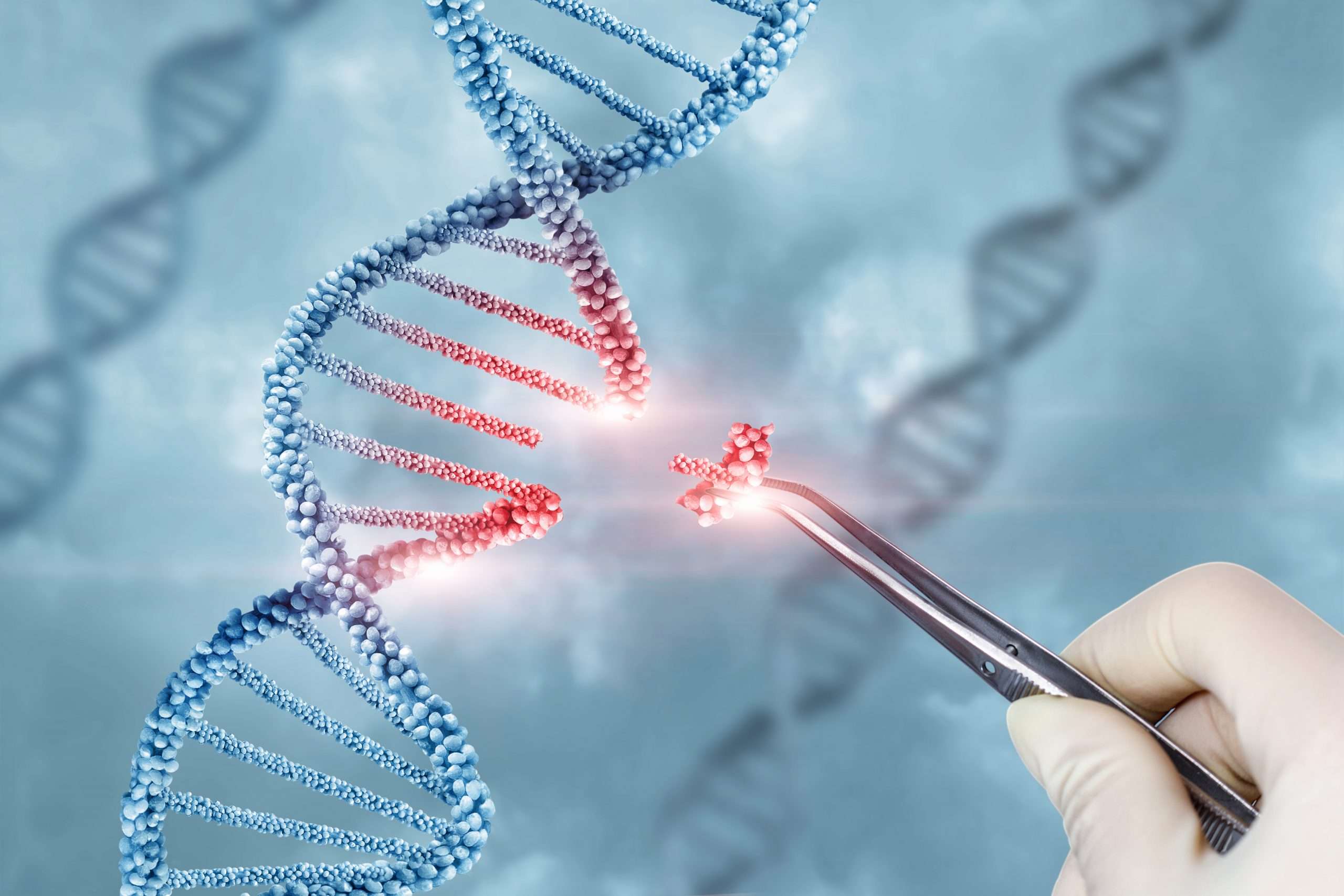Betibeglogene autotemcel receives FDA approval for patients with transfusion-dependent β-thalassemia
On August 17 2022, the US Food and Drug Administration (FDA) approved the first cell-based gene therapy, betibeglogene autotemcel (beti-cel), for pediatric and adult patients with transfusion-dependent β-thalassemia (TDT).1
β-thalassemia is an inherited disease caused by mutations in the β-globin gene leading to ineffective erythropoiesis. Patients with the most severe form of the disease require lifelong red blood cell (RBC) transfusions. However, these transfusions lead to chronic iron overload, which is associated with significant organ toxicity. In addition, allogeneic hematopoietic stem cell transplantation (alloHSCT), the only approved curative treatment modality for patients with β-thalassemia, is limited by donor availability and graft-versus-host disease (GvHD).2 Other available agents such as luspatercept have demonstrated efficacy in improving anemia and erythropoiesis but many patients do not respond to this drug.3
Beti-cel is an ex-vivo gene therapy in which the patient’s autologous stem cells have been transduced with a lentiviral vector expressing the β-globin gene.1 Beti-cel was granted Orphan Drug and Breakthrough Therapy designations by the FDA and was finally approved based on the results of the Phase III HGB-207 (Northstar-2; NCT02906202) and HGB-212 (NCT03207009; Northstar-3) studies, which included both pediatric and adult patients with TDT. The primary endpoint of these two trials, defined as the proportion of patients who achieve transfusion independence (TI; weighted hemoglobin average ≥9 g/dL), was met in both studies, with 89% of the 41 patients included achieving TI.1
The most common adverse events occurring after beti-cel infusion included thrombocytopenia, neutropenia, nausea and vomiting, diarrhea, constipation, pyrexia, mucositis, alopecia, epistaxis, abdominal and musculoskeletal pain, rash, pigmentation disorder, and pruritus. In addition, the studies reported a risk of developing a hematological malignancy following beti-cel treatment. It is therefore recommended for patients to have their blood monitored for a minimum period of 15 years after infusion.1
In addition, LTF-303 (NCT02633943), a 13-year study evaluating the long-term safety and efficacy of beti-cel, reported that patients who achieve TI remain free of transfusions after a follow-up of seven years.4 More information on data from the HGB-207, HGB-212, and LTF-303 studies can be found in this press brief from ASH 2021.
This approval marks a paradigm shift in the treatment TDT and provides great hope for pediatric and adult patients who now have the possibility to achieve TI.
References
- US Food and Drug Administration. FDA Approves First Cell-Based Gene Therapy to Treat Adult and Pediatric Patients with Beta-thalassemia Who Require Regular Blood Transfusion. Available from https://www.fda.gov/news-events/press-announcements/fda-approves-first-cell-based-gene-therapy-treat-adult-and-pediatric-patients-beta-thalassemia-who?utm_medium=email&utm_source=govdelivery (Last accessed 18/08/22).
- Cappellini MD, Motta I. New therapeutic targets in transfusion-dependent and -independent thalassemia. Hematology. American Society of Hematology. Education Program. 2017 Dec 8; 1:278-283.
- Langer AL, Esrick EB. β-Thalassemia: evolving treatment options beyond transfusion and iron chelation. Hematology. American Society of Hematology. Education Program. 2021 Dec 10; 1:600-606.
- Bluebird bio. Betibeglogene autotemcel (beti-cel) one-time gene therapy for β-thalassemia continues to demonstrate durable efficacy across pediatric and adult patient populations and all genotypes in data presented at EHA2021 virtual. 2021 June 11. Available from https://investor.bluebirdbio.com/news-releases/news-release-details/betibeglogene-autotemcel-beti-cel-one-time-gene-therapy-b (Last accessed 19/08/22).
Written by Elitsa Kamberska
Edited by Thomas Southgate









